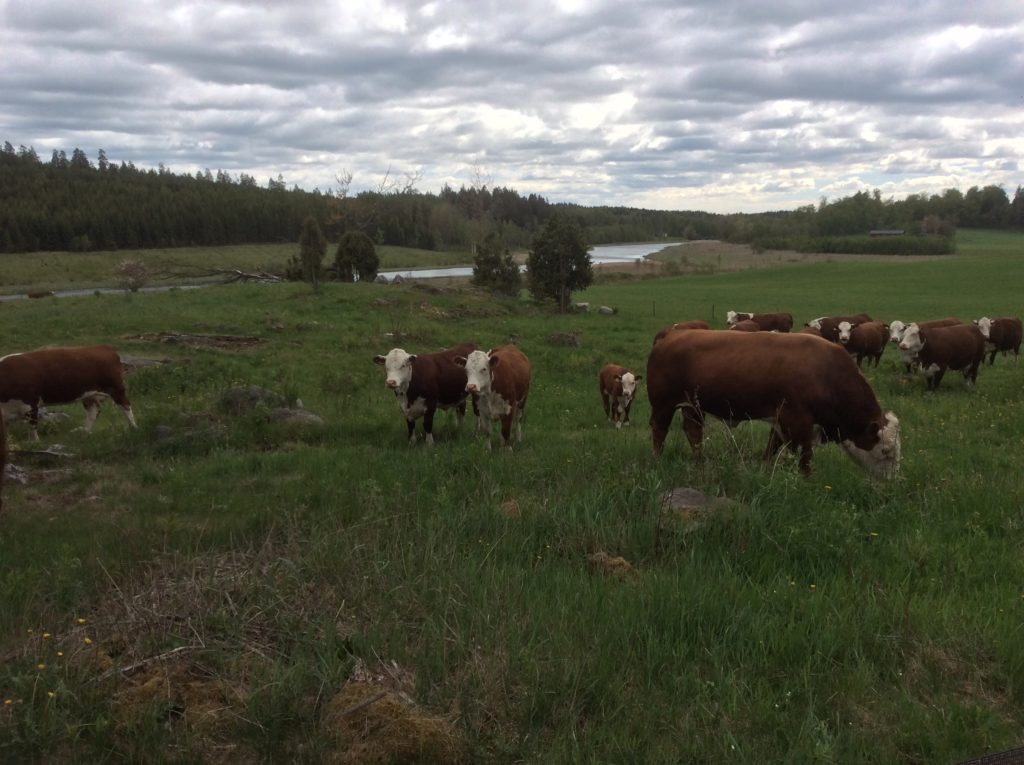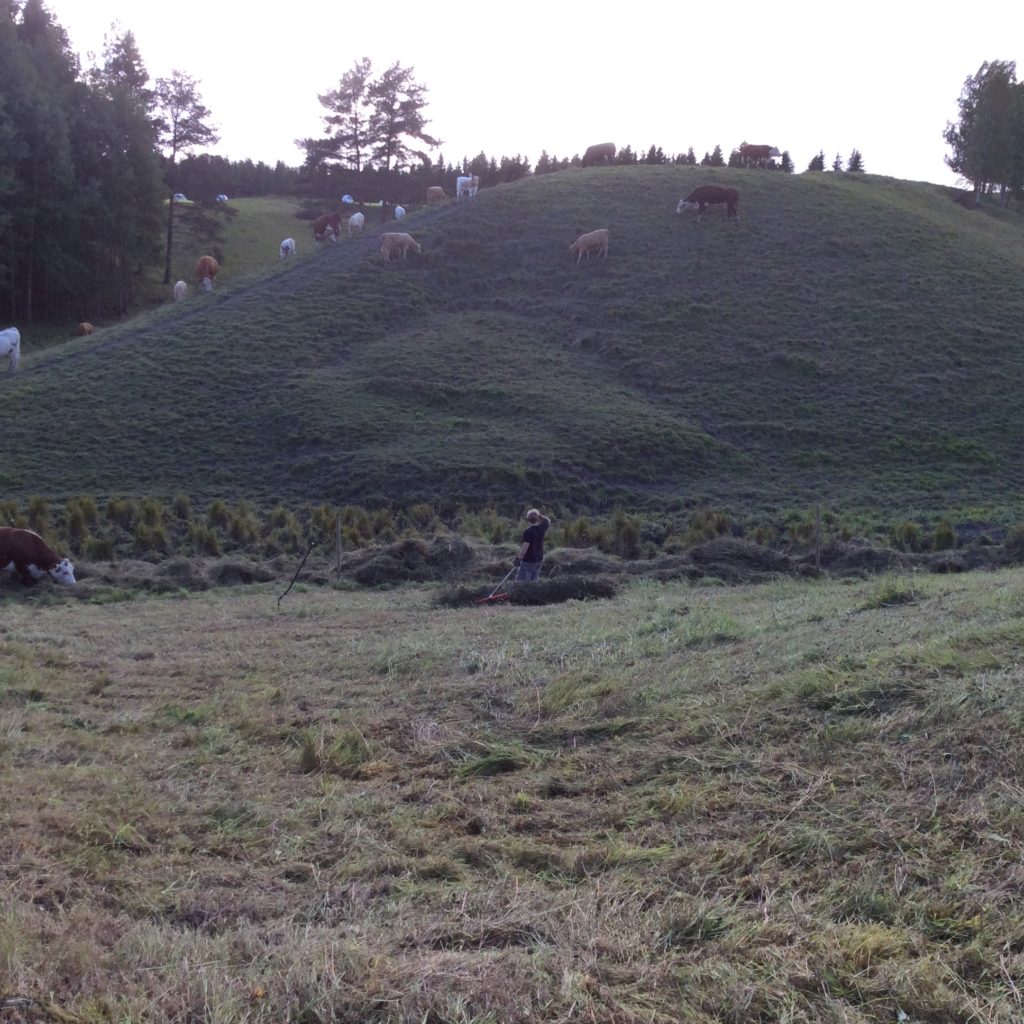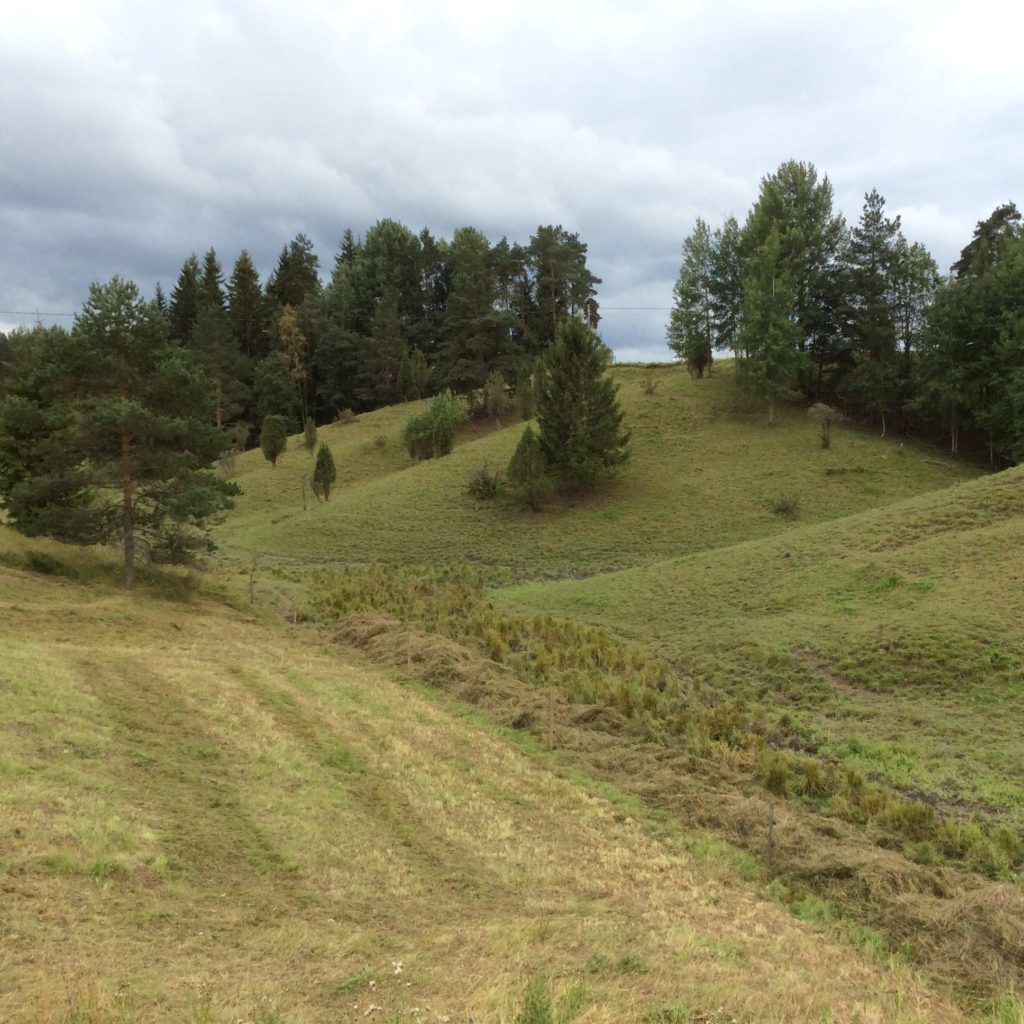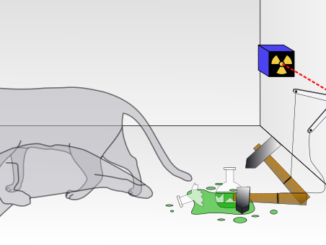
Since 2015, Finland has used a 2-tier system for delivering agri-environment payment for management of species-rich semi-grazed grasslands and wooded meadows, collectively referred to in Finland as traditional rural biotopes. The term is a useful catch-all that facilitates discussion of these different types of extensively managed habitats that include the most biologically diverse habitats in Finland.
Overall, these heritage biotopes are remnants from a time when extensive grazing and fodder collection shaped the rural landscape. The country has lost over 99% of its semi-natural traditional rural biotopes in the past 100 years. The main drivers of decline are abandonment or land use conversion as a result of changing agricultural practices.
The current two-tier payment system replaces a prior model of payment based on costs incurred, which resulted in cases where continuously managed sites of high conservation value received lower payments than lower quality sites with higher costs– for example due to site rehabilitation. Thus, the two-tier approach aims to better target public funds by channeling the higher payment level to sites of higher conservation value. Site status is determined through inventories lead by regional bureaus. The current payment level is 450€ha/year or the higher 600€ha/year for sites classified as regionally or nationally valuable. Payment is made through 5-year voluntary contracts.

There have been calls for the agri-environment schemes to become more efficient, including through becoming more results-oriented. How would the results-based approach compare to the existing measure for managing traditional rural biotopes?
The benefit of the current two-tier approach is that it addressed some shortcomings of the prior costs-based model, but new challenges also arose. Inventories for traditional rural biotopes are extremely valuable for monitoring quality and quantity, but the inventories also require capacity and resources. The last national inventory of Finland’s traditional rural biotopes was done in the 1990s.
One problem of tying payments to inventories with such long time gaps is that sites that received the nationally or regionally valuable status have been able to benefit from a higher payment even if the land management has not maintained the attributes associated with the status. Concurrently, sites that have improved in quality over the years through better management may be unable to attain the higher-level payment because they have not been inventoried. Fortunately, these problems will likely be addressed through ongoing new inventories, which are being conducted as resources are made available.
Landowner engagement and understanding of the management-payment link is another challenge in the current system. With such long gaps between inventories, landowners may not understand, for example, why their sites have been downgraded from the higher status in cases where management has been insufficient to retain the qualities of a valuable site.

Like the existing model, results-based schemes work on the principle of payment based on objective indicators of site quality. For results-based approaches, these vary from simple plant indicator species to more complex composite scores, like that of The Burren in Ireland (http://burrenprogramme.com/impact/outputs/) resulting in a sliding scale of payments. A difference is they are conducted more often than once in 20-25 years!
Another major difference is results-based approaches’ emphasis on farmer and landowner engagement. Results-based programmes frequently build into their approach ways to engage farmers and landowners actively through such processes as training, self-monitoring of sites, and encouraging feedback and discussion with officials. The aim is to build capacity and affect attitudes for long-term, sustainable management.
Finland does not have any results-based agri-environmental payments. We conducted research where we developed a hypothetical results-based measure based on an existing field fallow measure in Finland (Birge et al. 2017). The farmers interviewed were positive toward the results-based approach, especially in the field when we searched together for indicator species. With the farmers, we found real potential for learning and engagement with the idea of biodiversity as an output farmers can produce on extensive farmlands.
Capacity and implementation challenges are found in both approaches. Results-based approaches require new thinking from officials because one size does not fit all. The system would have to provide more advice for best practices and evaluation of outcomes, as well as capacity building for inspectors and farmers alike. However, capacity is also an issue in the existing approach: a recent meeting of experts on traditional rural biotopes in Finland determined that training was needed for carrying out inventories, administering and advising on support payments, and calibration of the site classifications for the inventories.
Verification of result is a particular challenge in the results-based approach, but it should be seen as solvable, not as an insurmountable obstacle. Lessons from past and existing schemes, piloting, and multi-stakeholder engagement can all be useful here. Herzon et al. (2017) provide an overview of results-based approaches and lessons learned. In our research, farmers themselves began innovating on how the verification problem could be solved – examples included collecting geo-tagged and dated photos of the indicator species during self-monitoring of the sites, developing a smartphone app for the self-monitoring, and pre-requesting inspection one or two weeks prior to mowing.
Results-based payment does not remove the need for baselines and inventories. Crucially, however, the ongoing monitoring process could potentially keep the data more up-to-date and more relevant for conservation policy response. A specific implementation challenge for traditional rural biotopes is that the term encompasses so many different habitat types, which in turn require different indicators for measuring results. This is also the case for assigning status as regionally or nationally valuable sites. Piloting of the results-based approach would probably need to be restricted to particular habitat types at first.
The status of traditional rural biotopes in Finland is dire, and the greatest threat is abandonment. The best way to conserve the biodiversity and other values of traditional rural biotopes is through appropriate grazing and fodder collection. A results-based model, especially a progressive payment model that gives farmers new goals to aim for in their management, could build capacity and foster an attitude of ‘producing biodiversity’.
 Traci Birge completed her DSc. In Agriculture and Forestry (agroecology) at University of Helsinki. Her research has focused on farm-level decision-making for high nature value farmland and biodiversity conservation targets. She is currently engaged in two Horizon2020 projects, HNV-Link and Plaid Peer-to-Peer learning, at the University of Helsinki’s Department of Agricultural Sciences. She is vice-chair of SW Finland Cultural Landscapes Association and represents the organisation in PerinneElo, a nationwide forum for heritage landscapes.
Traci Birge completed her DSc. In Agriculture and Forestry (agroecology) at University of Helsinki. Her research has focused on farm-level decision-making for high nature value farmland and biodiversity conservation targets. She is currently engaged in two Horizon2020 projects, HNV-Link and Plaid Peer-to-Peer learning, at the University of Helsinki’s Department of Agricultural Sciences. She is vice-chair of SW Finland Cultural Landscapes Association and represents the organisation in PerinneElo, a nationwide forum for heritage landscapes.
References
Birge, T., Toivonen, M., Kaljonen, M., Herzon, H. 2017. Probing the Grounds: developing a payment-by-results agri-environment scheme in Finland. Land Use Policy 61:302-315.
Herzon I., Birge, T., Allen B., Povellato, A., Vanni, F., Hart, K., Radley, G., Tucker, G., Keenleyside, C., Oppermann, R., Underwood, E., Menadue, H., Poux, X., Beaufoy, G., Pražan, J., Hudson, T., Yellachich, N. 2018. Time to look for evidence: results-based approach to conservation on farmland in Europe. Land Use Policy 71 :347–354.






Great article